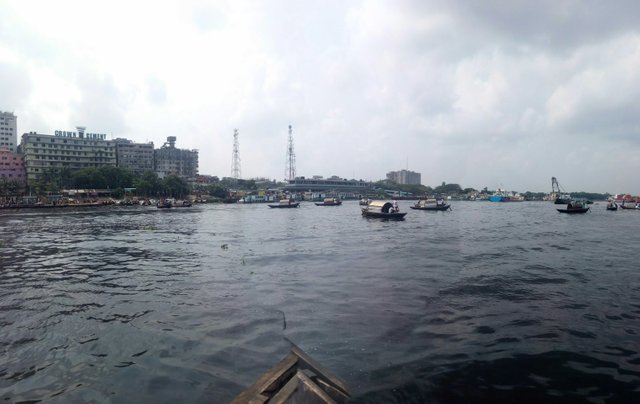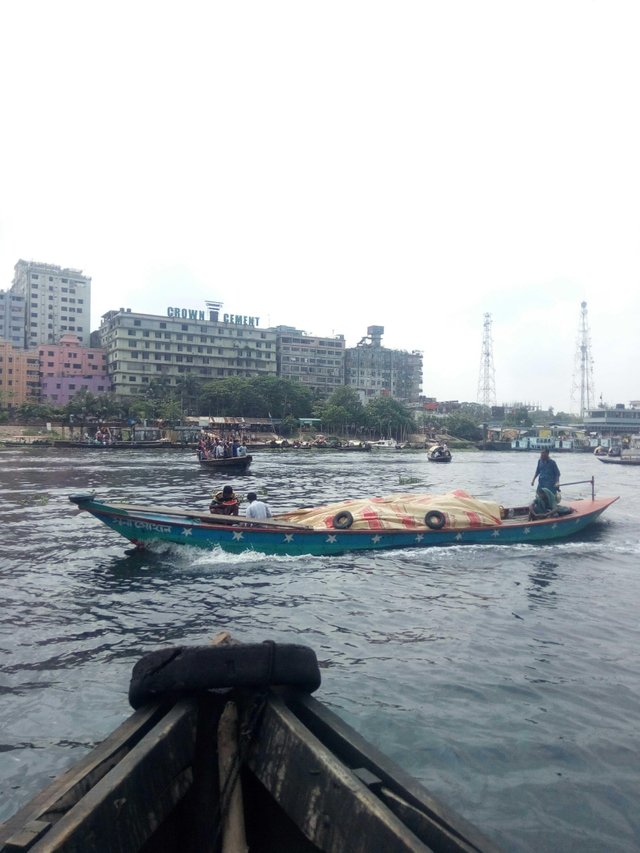History of Narayanganj City Corporation

The extinct Narayanganj Municipality was a traditional municipality of the subcontinent. In 1766, the Bikan Lal Pandey (who was known as Benu Thakur or Laxmi Narayan Thakur Pandey) from East India Company accepted the lease of several mouzas. Narayanganj city was established in this place.

The British government formed Narayanganj Municipality on 8 September 1876 with a 4.5 square meter area of 27,876 population. The municipality's journey began with 4 nominated and 8 elected commissioners. In that Bengal state, Narayanganj Municipality gained fame as a "Model Municipality". On 30 September 1931, Narayanganj municipality arranged power supply to the municipal area with the help of Chittagong Electricity Supply Co.. Prior to this, city lights were based on kerosene. Narayanganj Municipality, situated on the bank of the Shitalakshya river, has been playing a vital role in business trade for more than a hundred years and the capital is known as the "gateway of Dhaka". Because of the transparency of the Shitalakshya river and improved communication system, Narayanganj was formed as a bus station in the British period. Once the steamer service was started from Narayanganj river port and all trains from other parts of the country from Narayanganj would leave. Improved communication system with roads, trains and steamer services makes Narayanganj city famous for jute trade. For this, Narayanganj became known as the world-wide "Dundee of the East". The port city of Dhaka is a commercial port city, which is rich in the surrounding densely populated industries, and has been contributing significantly to the economy of the country.
In 1876, the British government appointed HT Wilson as the first chairman of the Narayanganj Municipality. Mr. Syed Mohammad Maleh was elected the first Bengali chairman of Narayanganj Municipality in 1951. After the independence of the country, he was elected as the chairman of Narayanganj Municipality after being elected by a huge election in the municipal elections held in 1973. In fact, his first and foremost task as chairman was to provide city infrastructure development and improved citizen service. Five years later in 1977 he was again elected chairman of Narayanganj Municipality. Because of the sincerity and responsibility of the development of the city of Narayanganj, Narayanganj was elected as the chairman of the municipality for the second time. Later Mr. Nazim Uddin Mahmud served as Chairman of Narayanganj Municipality for four years. Then there was no elected representative in Narayanganj Municipality for 16 years (1988-2003). At that time Narayanganj municipality was administered by the administrator.
Later in 2003, the chairman election of Narayanganj Municipality was held again in 2003. Late Ali Ahmad Chunker's worthy daughter. Selina Hayat Ivy was the Chairman of Narayanganj Municipality until the year 2011 by winning a huge victory in the municipal elections of 2003.
On May 05, 2011, the government established Narayanganj City Corporation with a total of 72.43 sq km area, with the powers given in Rule 6 of the establishment of Local Government (City Corporation) Rules, 2010, consolidating these three municipalities respectively, Narayanganj, Siddhirganj and Kadmursul respectively.
Narayanganj City Corporation's first city election held in 2011 again. Selina Hayat Ivy was elected the mayor. Later, in the 2nd City election held in 2016, the 3rd mayor elected as the mayor elected. He is currently serving as the mayor of Narayanganj City Corporation.